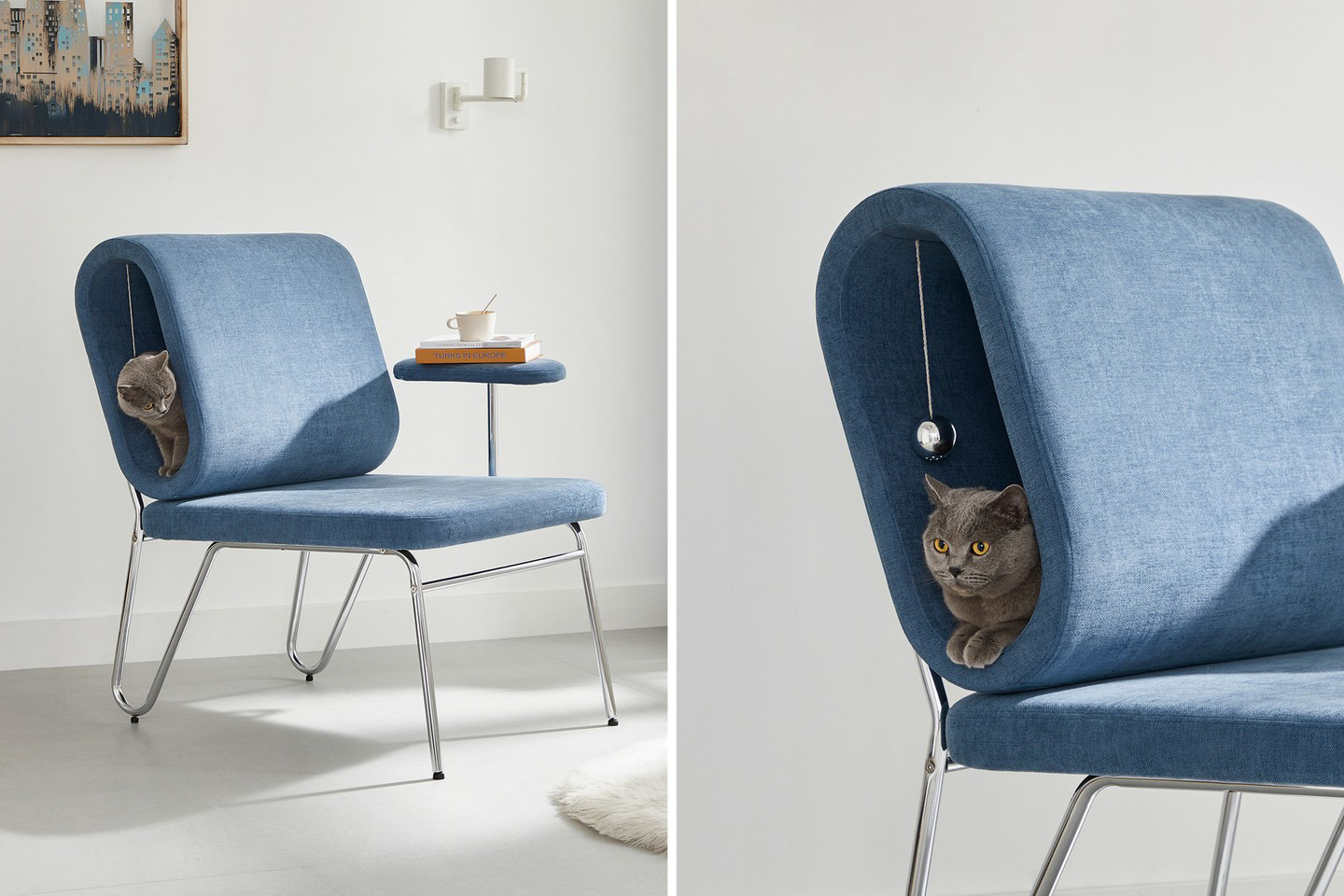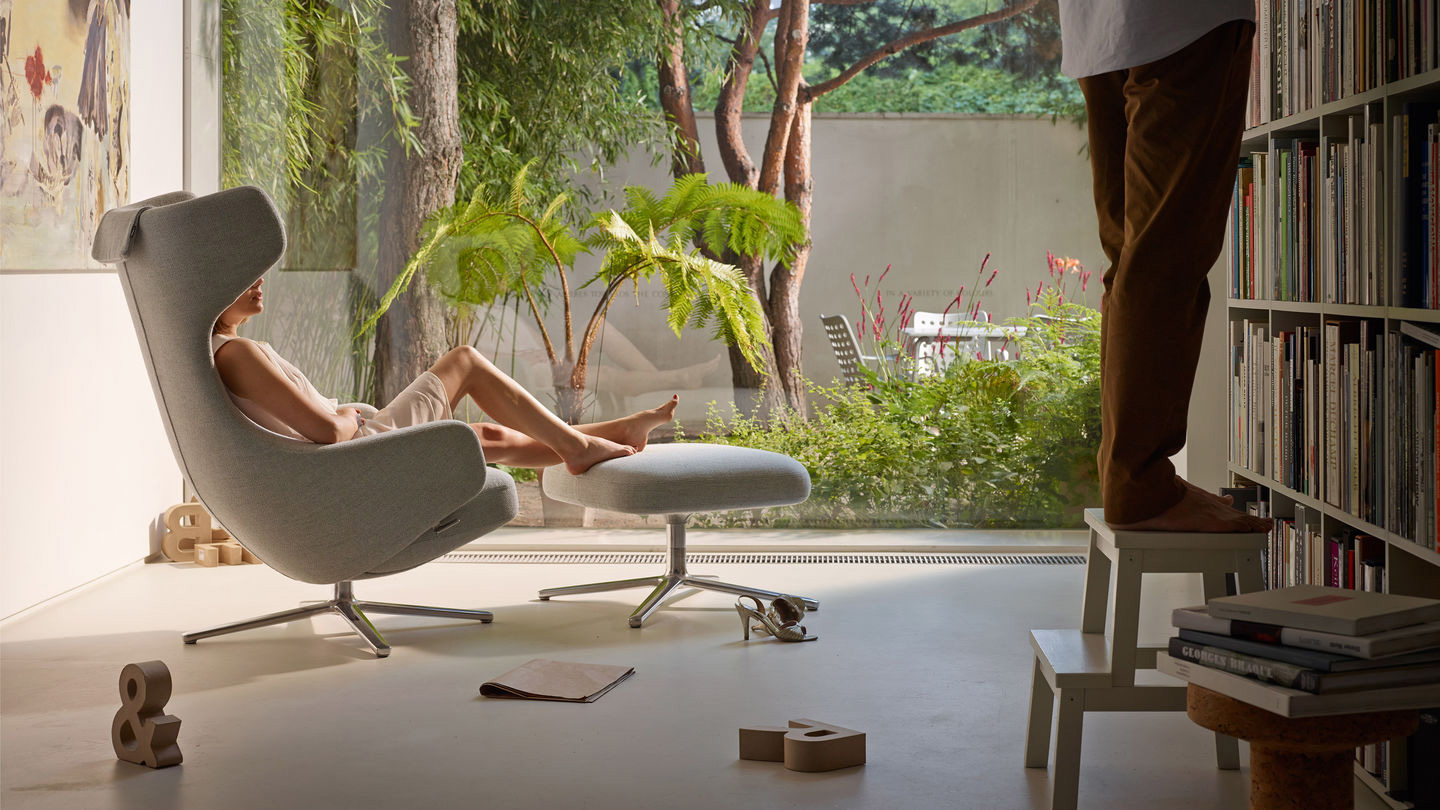Evolution of Ergonomic Chair Design in 2018: Best Chair Design 2018

2018 witnessed a significant push towards more personalized and adaptable ergonomic chair designs. Manufacturers responded to growing awareness of the link between prolonged sitting and health issues, leading to innovations focused on improving posture, reducing strain, and increasing overall comfort. This evolution built upon previous advancements, addressing persistent user complaints regarding inflexibility, lack of adjustability, and insufficient support.
Best chair design 2018 – The advancements in ergonomic chair design during 2018 primarily focused on enhancing adjustability, improving material quality for increased comfort and durability, and incorporating more sophisticated support systems. These changes aimed to cater to a wider range of body types and user preferences, ultimately promoting better posture and reducing the risk of musculoskeletal problems associated with prolonged sitting. Companies began integrating advanced technologies to further refine the user experience and provide data-driven insights into sitting habits.
Innovative Ergonomic Features Introduced in 2018
Several key features emerged in 2018 that significantly impacted user comfort and posture. These advancements moved beyond simple adjustments and incorporated more sophisticated technologies and design considerations.
- Dynamic Lumbar Support: This feature went beyond the static lumbar support of previous designs. Dynamic lumbar support systems used responsive mechanisms to adjust the curvature of the backrest in real-time, adapting to the user’s movements and providing customized support throughout the day. This addressed the common complaint of lumbar support being either too stiff or insufficient, depending on posture and activity. The benefit was improved spinal alignment and reduced lower back pain.
- Adaptive Seat Pan Technology: Some chairs introduced adaptive seat pans that adjusted to the user’s weight and body shape, distributing pressure more evenly. This technology minimized pressure points and improved blood circulation, reducing discomfort during extended periods of sitting. The impact on user comfort was significant, particularly for users with larger body frames or specific physical needs.
- Integrated Posture Sensors and Feedback: A few manufacturers began integrating posture sensors into their chairs. These sensors provided real-time feedback to the user, alerting them to slouching or poor posture. This proactive approach encouraged users to maintain better posture throughout the day, promoting long-term health benefits. While still relatively novel in 2018, this technology foreshadowed a future where chairs actively participated in promoting healthier sitting habits.
Hypothetical Ergonomic Chair Design for 2018: The “Synapse” Chair, Best chair design 2018
The “Synapse” chair, designed for 2018, would integrate the best features discussed above, targeting professionals who spend long hours seated at a desk. Its design would prioritize both comfort and functionality.
The chair would feature a breathable mesh backrest with dynamic lumbar support, adjusting automatically to the user’s movements. The seat pan would utilize adaptive foam technology, conforming to the user’s body shape and distributing pressure evenly. High-quality, durable materials like aluminum and reinforced nylon would ensure longevity and stability. The armrests would be fully adjustable in height, width, and angle, accommodating various user preferences and desk setups. Finally, integrated posture sensors would provide subtle haptic feedback to the user, encouraging them to maintain an optimal posture. The Synapse would be available in a range of sizes to cater to different body types and would target a market of professionals seeking a high-end, comfortable, and health-conscious seating solution.
The Impact of Materials and Manufacturing on Chair Design in 2018

The year 2018 saw a fascinating interplay between material innovation, manufacturing techniques, and evolving design aesthetics in chair production. The choices made regarding materials directly impacted not only the visual appeal and longevity of chairs but also their cost and environmental footprint. Understanding these factors is key to appreciating the design trends of that year.
Different materials brought unique properties to the table, influencing the overall design and functionality of chairs. The selection of materials often involved balancing aesthetics, durability, cost-effectiveness, and sustainability concerns. This careful consideration led to a diverse range of chair designs, catering to different tastes and needs.
Material Choices and Their Influence
The selection of materials significantly impacted the aesthetic, durability, and cost of chairs in 2018. Wood, metal, plastic, and fabric each offered distinct advantages and disadvantages.
For instance, wooden chairs, particularly those crafted from hardwoods like oak or walnut, exuded a timeless elegance and often commanded higher prices due to their craftsmanship and material cost. Their durability was undeniable, but their susceptibility to scratches and water damage needed to be considered. Metal chairs, often constructed from steel or aluminum, provided robust structures and modern aesthetics, but their potential for cold surfaces and susceptibility to rust were drawbacks. Plastic chairs offered affordability and ease of cleaning, making them ideal for high-traffic areas, but their lack of visual warmth and potential for breaking under stress limited their application in certain contexts. Finally, fabric upholstery offered comfort and aesthetic versatility, with a wide array of colors and textures available, but its vulnerability to stains and wear required careful maintenance and often influenced the overall price point.
Manufacturing Processes and Environmental Impact
Two popular chair manufacturing processes in 2018 were injection molding for plastic chairs and CNC machining for wooden chairs. Injection molding, a high-volume, automated process, allowed for the mass production of plastic chairs at a low cost. However, it relied heavily on fossil fuels and generated plastic waste, raising significant environmental concerns. In contrast, CNC machining for wooden chairs, while less efficient in terms of mass production, utilized a more sustainable material and offered greater design flexibility. However, it also generated wood waste and required significant energy consumption depending on the scale of operation. The environmental impact of each process highlighted the ongoing challenge of balancing affordability, efficiency, and sustainability in chair manufacturing.
A More Human Perspective on 2018 Chair Design Trends
Remember that sleek, minimalist office chair everyone was raving about in 2018? The one with the mesh back and the adjustable lumbar support? It wasn’t just some algorithm spitting out a design; it was the culmination of years of ergonomic research and a response to the growing awareness of workplace well-being. I recall visiting a design expo that year, and the emphasis on sustainable materials was palpable. One booth showcased a stunning collection of chairs made from recycled ocean plastic – a bold statement about design’s potential to address environmental concerns. It wasn’t just about aesthetics; it was about creating comfortable, durable, and ethically sourced furniture. The conversations I had with designers underscored the growing importance of incorporating recycled and sustainable materials into the manufacturing process. The shift towards bio-based plastics and the increasing demand for transparency in supply chains reflected a broader societal concern for responsible consumption. The 2018 chair design landscape, therefore, wasn’t just a collection of trends; it was a reflection of a changing consciousness.
